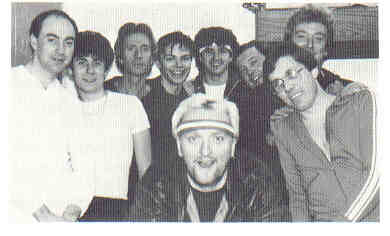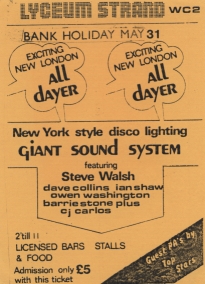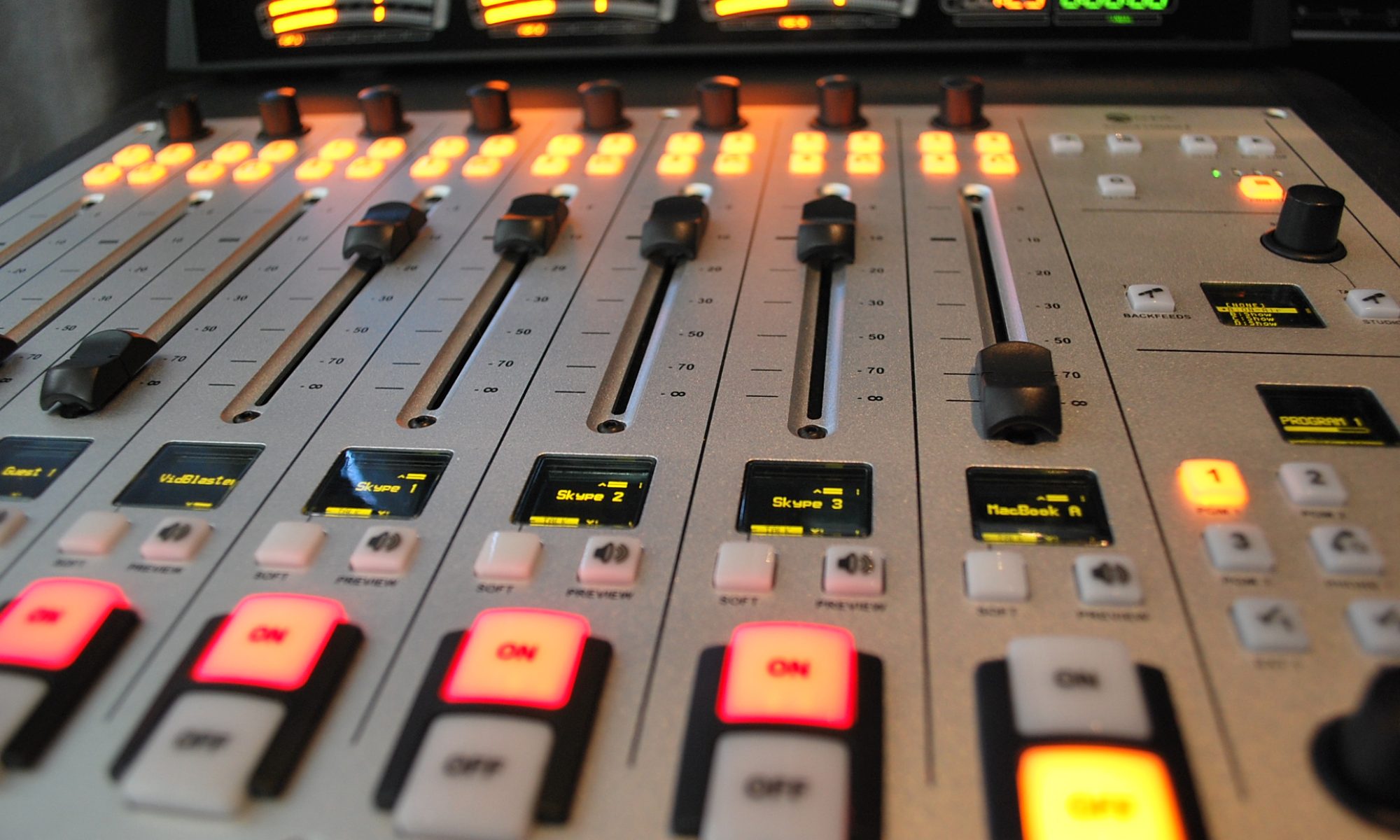Jazz funk was a unique style of black American dance music with a huge underground UK following in the 1970’s and early 1980’s.
We’d experienced early flavours of disco music, but this new variant could contain a funk bassline and injections of jazz riffs with an overall soulful feel. The faster tracks were ideally suited to being played in a club environment. They featured ‘real’ instruments (such as Freddie Hubbard’s flugelhorn, or Roy Ayers’ vibraphone) and, for those who had developed and nurtured their soulful tastes over a number of years, it was brilliant to dance to, and a relief from the usual pounding disco fare which was also taking the country by storm. I always found the term ‘jazz funk’ a bit ambiguous, and thought it sounded a bit daft. You could explain to people what funk was (eg think of Sly & The Family Stone – ‘Family Affair’, or Stevie Wonder – ‘Superstition’) but the jazz bit used to get complicated, as most people had heard of Louis Armstong or Acker Bilk, but you’d then have to try explaining Deodato or George Duke to them. Luckily, we had another excellent reference point in the form of The Crusaders – ‘Street Life’ which contained all the magic ingredients, and which lots of people were familiar with (even though half of them thought it was called ‘Street Lights‘).

While rare soul had been building and developing as a scene in the clubs since the early 1970’s, and had become massive at venues in the north of England such as the Wigan Casino and the Blackpool Mecca, jazz funk was accounting for a major parallel underground following in the south of England, at clubs like The Goldmine and The Lacy Lady (in Essex), and Frenchies (in Surrey).
The DJs who championed this sound included such luminaries as Chris Hill (at The Goldmine), Tom Holland (at The Lacy Lady) , Greg Edwards (at Global Village – now famously known as ‘Heaven’), and Chris Brown (at Frenchies).

I suppose that the real explosion in Jazz Funk occurred with the onset of the Soul all dayers – periodical events held at large dance venues. The original all dayer in the south of England was at the Top Rank Suite in Reading, 1976 – a joint venture which involved Northern Soul being played in it’s main room, and Jazz Funk in a smaller room, but which eventually saw Jazz Funk enjoying the main billing by 1977.
The Top Rank all dayers proved massively popular, and attracted huge crowds at the doors. As a result, the venue was soon moved to the 4,000-capacity Tiffanys in Purley, and adopted the banner of the National Soul Festival at their first all dayer in March 1978. The group of DJs appearing at Purley, and similar events, soon became christened The Soul Mafia .
The Mafia all-dayers were notable because they used a massive sound system famously owned and operated by DJ Froggy – a veritable cliff face of speakers, backed up by huge amplification systems. The all-dayers attracted ‘tribes’ – groups of punters with collective names like ‘The Erection Section’, ‘The Fusion Few’, ‘Paddington Soul Partners’, and ‘The Brixton Front Line’ – with banners and t-shirts to identify themselves.

The experience of walking into a massive all-dayer was akin to being hit by a wall of heat, sound, and sweat, and dress became adapted around this (shorts, trainers and t-shirts becoming de rigeur).
Purley Tiffanys hosted a total of just eight all-dayers, between March 1978 and January 1980, although these were talked about on the scene for many years to come.
A couple of my personal favourite all-dayer tracks played during this era include:
A revolution in the British Soul scene occurred in April 1979, with the staging of the first ever Caister Soul Weekend. If a natural progression of a night out at your favourite club was to run an all day event, then the next stage would surely have to be an all weekend event, with punters staying on-site, and given a variety of music venues to choose from, such as a smaller room playing jazz-fusion/latin grooves.

The first weekend of this type was staged at the Ladbrokes holiday camp at Caister, near Great Yarmouth, Norfolk. This event attracted over 3,000 punters, and was the first of many such exciting and dynamic events.

A number of other regular all-dayers soon followed. The most well known of these were held at The Lyceum and The Venue in central London.
These were hosted by the National Soul Festival (who had earlier promoted the huge events at Purley) and attracted a following mostly from south of the river, with the music played having slightly harder, funkier edge to it.
So what were the all-dayers and weekenders like ? In terms of atmosphere – somewhere between the FA Cup final, a really loud music concert, and a party at your best mate’s house on New Year’s Eve.
Throw in all of your favourite records, plus a load of new tunes you’d probably not heard before, get the best DJ’s in the country to present the whole thing, and you’d be buzzing for weeks afterwards, already planning your next one!

